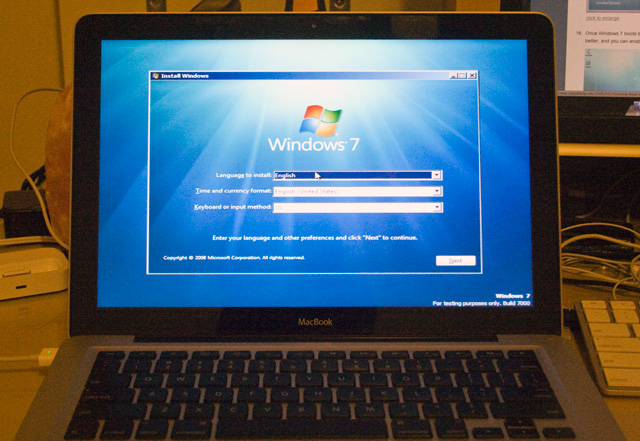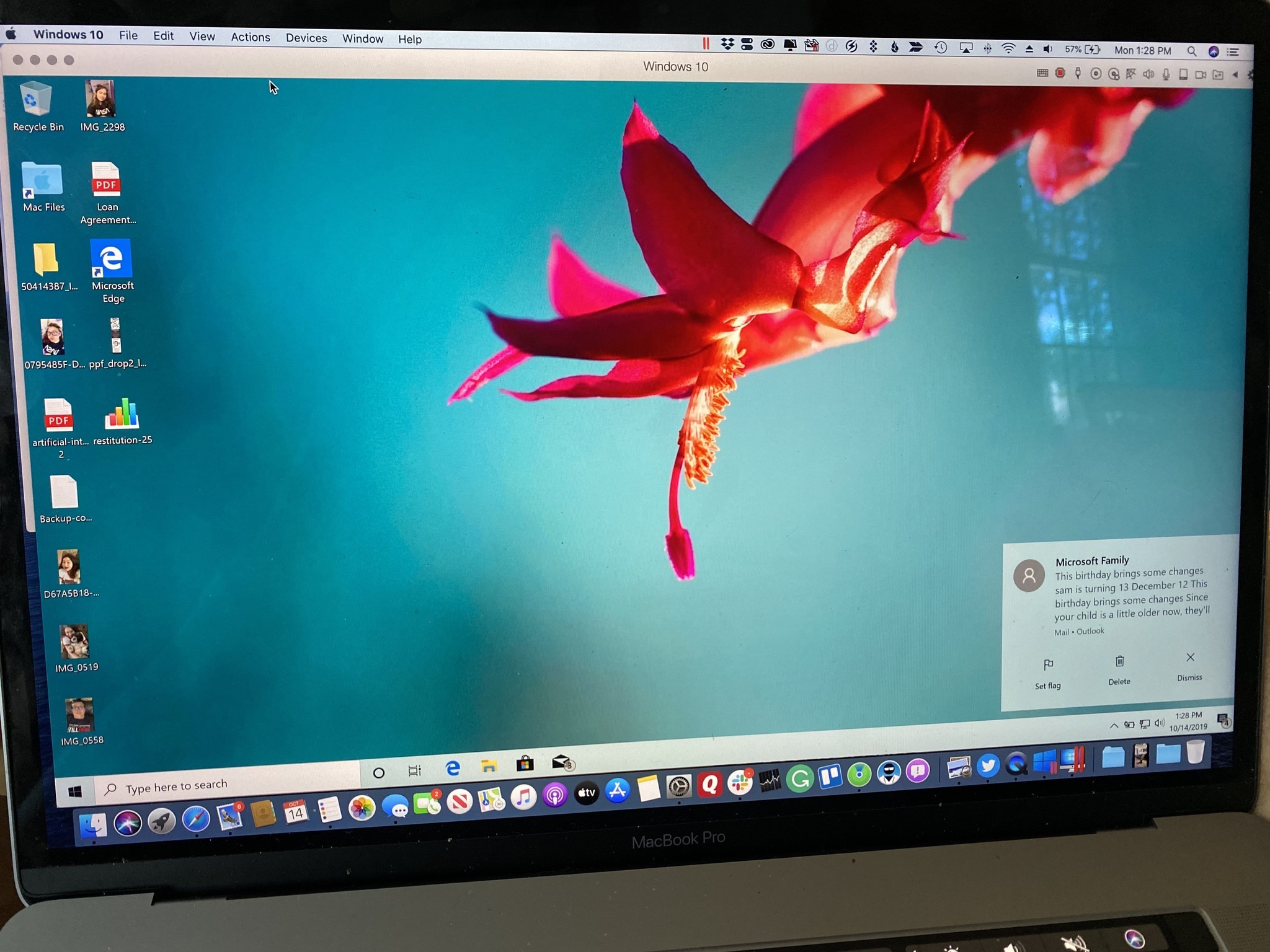
- #Use bootcamp for mac if you already have windows how to
- #Use bootcamp for mac if you already have windows mac os x
- #Use bootcamp for mac if you already have windows install
- #Use bootcamp for mac if you already have windows drivers
- #Use bootcamp for mac if you already have windows pro
Boot Camp and Parallels Desktop are separate. Windows running from Parallels Desktop does not have the limitations listed in Option 1. Option 2: Import Windows and your data from Boot Camp into Parallels Desktop:Ī virtual machine is created using a separate virtual hard disk that stores an exact copy of the imported Boot Camp partition. Note: Windows running from Boot Camp has the following limitations:


Make sure the Customize settings before installation box is checked. On the next page, check the Continue without a source box:Ĭhoose the type of operating system installed in Boot Camp:
#Use bootcamp for mac if you already have windows install
If the option to Use Windows from Boot Camp is not present in Parallels Wizard but you are sure your Mac has the Boot Camp partition with Windows installed:Ĭhoose Install Windows or another OS from DVD or image file, and then click Continue: In Parallels Wizard, choose Use Windows from Boot Camp, then click Continue: If you used any other third-party software to create your Boot Camp partition or if Boot Camp partition is located not on the primary disk, it may not work with Parallels Desktop. Boot Camp Assistant can operate only with the primary disk where macOS is installed. Note: Parallels Desktop only supports Boot Camp partitions created using Apple Boot Camp Assistant.
#Use bootcamp for mac if you already have windows mac os x
This allows you to run Mac OS X and your Boot Camp Windows installation simultaneously. Option 1: Set Parallels Desktop to run Windows from the Boot Camp partition:Ī virtual machine is created from the existing Boot Camp partition on your Mac. If you have already installed Windows on your Mac using Boot Camp, you can set Parallels Desktop to work with Boot Camp using either of the following options:

Choose EFI Windows or it may just say EFI with a disk and start the Windows setup process.
#Use bootcamp for mac if you already have windows drivers
Once the drivers are ready, choose your partition size and then your computer is going to reboot when done. If you're lucky and have the drivers already, you can skip this step. This is where you'll use the USB drive if you actually need to create/get drivers. Choose whether you need to make your USB drivers, etc. The easiest way to do this is use Spotlight (command + space and type "bootcamp"…it should highlight).
#Use bootcamp for mac if you already have windows how to
Knowing all of this, and having the experience with the process, I thought it would be very helpful for people to understand how to get Windows on a MacBook Pro. As I've mentioned in previous posts, we also have a few employees using Microsoft Surface devices. However, it shouldn't be this difficult to get Windows running! On the other side of the office, the Customer Service team works primarily in OSX and this gives us a good balance of testing across all platforms. We build every computer with a Bootcamp partition because our developers spend most of their time in Windows. SmarterTools is a Windows development company that runs primarily MacBook computers because the hardware is incredibly solid.

Apple, why wouldn't you provide a simple process or a simple step-by-step guide for getting Windows on your hardware using Bootcamp?
#Use bootcamp for mac if you already have windows pro
In this post I want to demonstrate the best way to use Bootcamp on a MacBook Pro Retina to run Windows and OS X side-by-side.įirst off, a gripe. I'm taking a bit of a break from the Microsoft posts.


 0 kommentar(er)
0 kommentar(er)
